Creating a Customer-Centric IT Strategy
In today’s digital age, technology has become an integral part of every business. However, to truly thrive, businesses must adopt a customer-centric approach to their IT strategy. By prioritizing the needs and experiences of customers, organizations can drive innovation, improve customer satisfaction, and gain a competitive edge.
Understanding the Customer-Centric Approach
A customer-centric IT strategy focuses on aligning technology solutions with the specific needs and preferences of customers. It involves:
- Customer Journey Mapping: Visualizing the customer’s journey from initial contact to post-purchase interactions.
- Data-Driven Insights: Leveraging data analytics to understand customer behavior and preferences.
- Personalized Experiences: Tailoring products, services, and interactions to individual customer needs.
- Continuous Improvement: Regularly evaluating and refining IT solutions based on customer feedback and evolving needs.
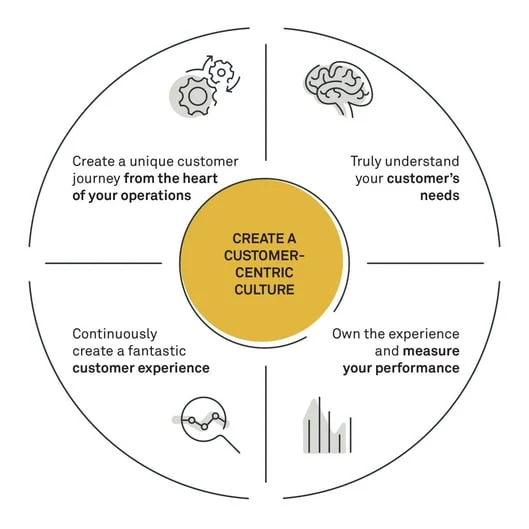
Key Components of a Customer-Centric IT Strategy
-
Customer Experience (CX) Focus:
- Prioritize CX: Make customer experience a top priority in all IT decisions.
- Gather Feedback: Implement feedback mechanisms to understand customer pain points and satisfaction levels.
- Optimize User Interfaces: Design user-friendly interfaces for all IT systems and applications.
-
Data-Driven Decision Making:
- Collect and Analyze Data: Gather data on customer behavior, preferences, and interactions.
- Utilize Data Insights: Use data to inform strategic decisions and improve customer experiences.
- Data Security: Implement robust data security measures to protect sensitive customer information.
-
Agile IT Practices:
- Agile Development: Adopt agile methodologies to deliver IT solutions quickly and efficiently.
- Continuous Improvement: Continuously iterate and improve IT services based on feedback and changing needs.
- Collaboration: Foster collaboration between IT teams and business units to ensure alignment with customer needs.
-
Cloud Computing:
- Scalability: Easily scale IT resources to meet fluctuating demands.
- Cost-Effectiveness: Reduce IT costs by leveraging cloud-based solutions.
- Enhanced Security: Benefit from advanced security measures provided by cloud service providers.
-
Mobile-First Approach:
- Optimize for Mobile: Ensure your IT solutions are accessible and optimized for mobile devices.
- Mobile-Friendly Apps: Develop mobile apps to provide seamless customer experiences.
-
Artificial Intelligence (AI) and Machine Learning:
- Personalization: Use AI to personalize customer interactions and recommendations.
- Predictive Analytics: Anticipate customer needs and proactively address issues.
- Automation: Automate routine tasks to improve efficiency and reduce errors.
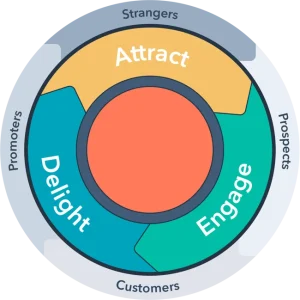
Implementing a Customer-Centric IT Strategy
- Define Your Customer Segments: Identify distinct groups of customers with similar needs and preferences.
- Set Clear Goals: Establish specific, measurable, achievable, relevant, and time-bound (SMART) goals for your IT strategy.
- Involve Key Stakeholders: Collaborate with business leaders, IT teams, and customers to align IT initiatives with business objectives.
- Measure and Analyze: Track key performance indicators (KPIs) to measure the success of your IT initiatives and make data-driven decisions.
- Continuous Improvement: Regularly review and refine your IT strategy to adapt to changing customer needs and technological advancements.
By adopting a customer-centric IT strategy, businesses can enhance customer satisfaction, drive revenue growth, and gain a competitive edge in the digital age.
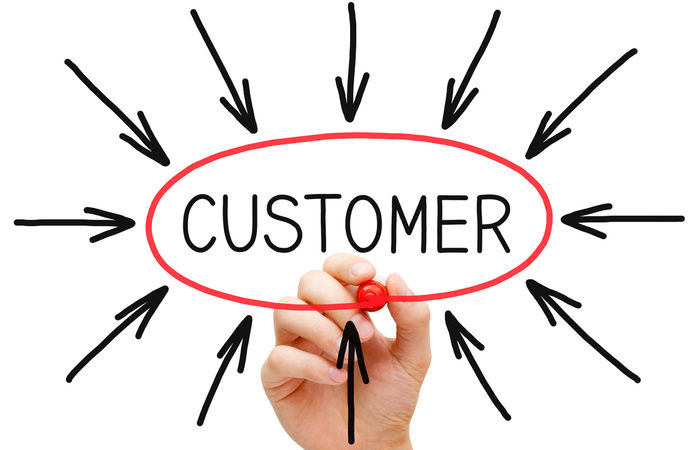

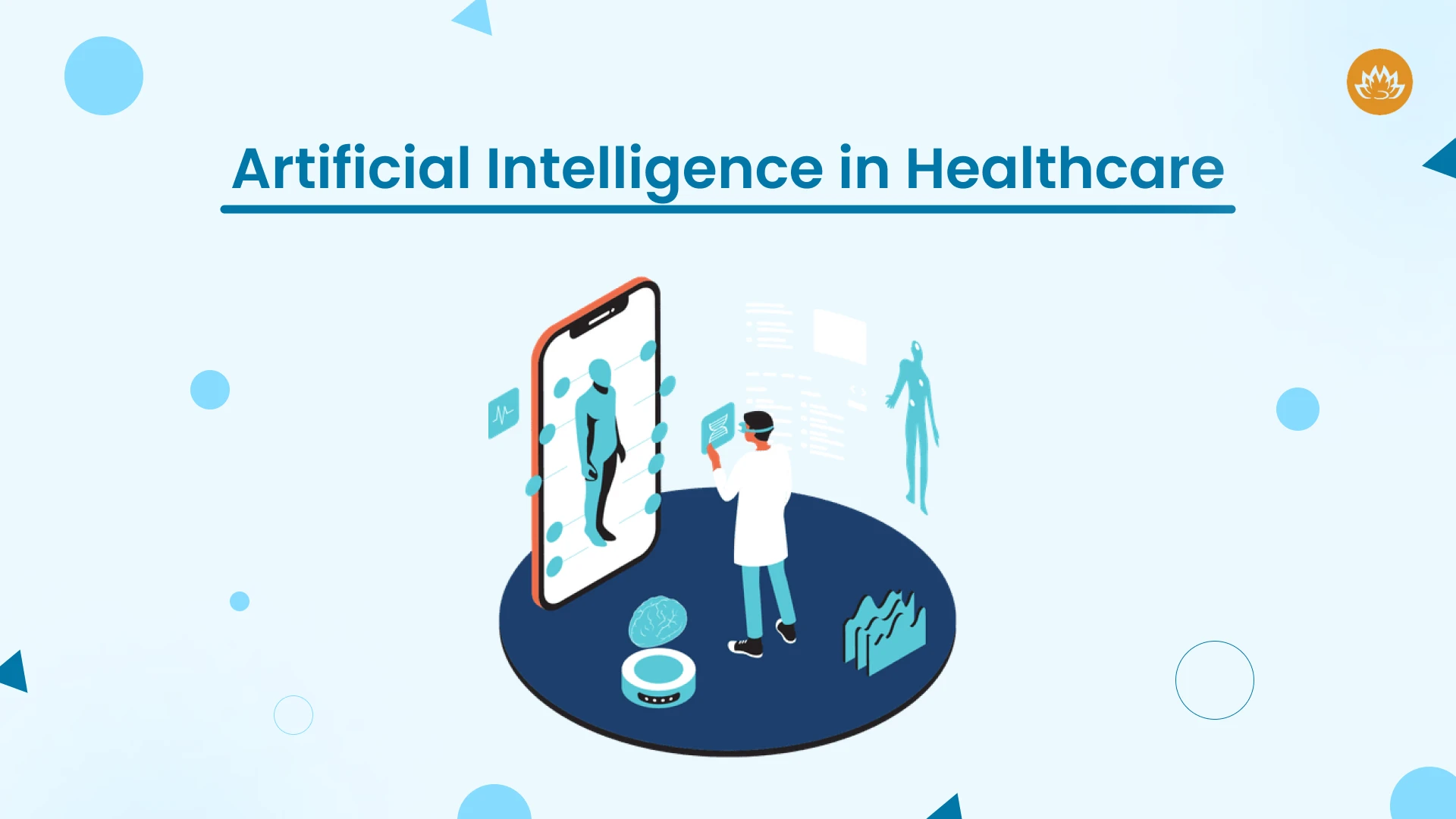

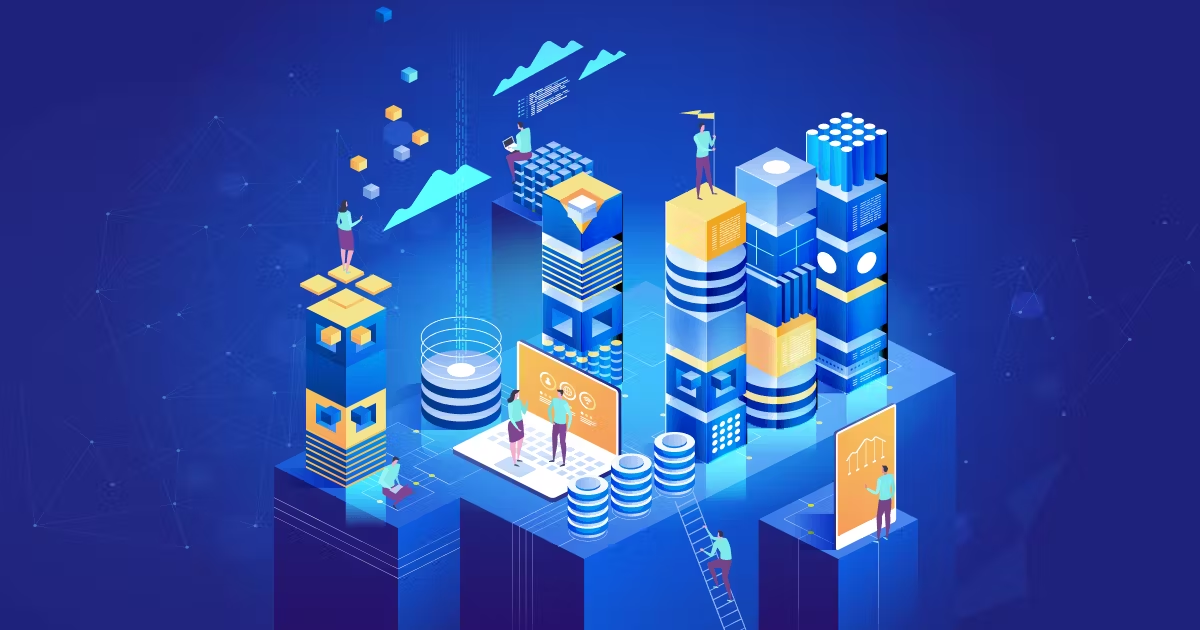
Leave a Reply